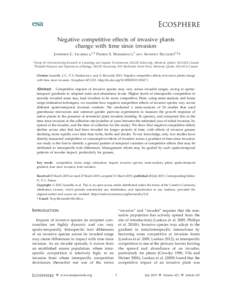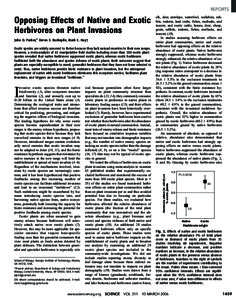1 | Add to Reading ListSource URL: redpath-staff.mcgill.caLanguage: English - Date: 2015-08-14 19:47:35
|
|---|
2 | Add to Reading ListSource URL: www.floridainvasives.orgLanguage: English - Date: 2011-12-12 11:12:05
|
|---|
3 | Add to Reading ListSource URL: www.serc.si.eduLanguage: English - Date: 2007-10-01 10:05:17
|
|---|
4 | Add to Reading ListSource URL: professor.rice.eduLanguage: English - Date: 2010-06-10 11:19:01
|
|---|
5 | Add to Reading ListSource URL: d14g1umjtb5uh2.cloudfront.netLanguage: English - Date: 2011-10-25 16:36:58
|
|---|
6![Texas A&M AgriLife_logo (w System Line[removed]) Texas A&M AgriLife_logo (w System Line[removed])](https://www.pdfsearch.io/img/7f1fb02d81a37bc5ee553e3b3edfb868.jpg) | Add to Reading ListSource URL: www.dgif.virginia.govLanguage: English - Date: 2012-09-11 09:45:21
|
|---|
7![Texas A&M AgriLife_logo (w System Line[removed]) Texas A&M AgriLife_logo (w System Line[removed])](https://www.pdfsearch.io/img/05d23e5435c709198d48b7bc989bcc81.jpg) | Add to Reading ListSource URL: www.invasivespecies.wa.govLanguage: English - Date: 2013-09-10 19:11:14
|
|---|
8 | Add to Reading ListSource URL: www.srs.fs.usda.govLanguage: English - Date: 2013-12-08 15:16:59
|
|---|
9 | Add to Reading ListSource URL: myfwc.comLanguage: English - Date: 2010-11-24 09:17:12
|
|---|
10 | Add to Reading ListSource URL: plants.ifas.ufl.eduLanguage: English - Date: 2012-10-02 11:52:14
|
|---|